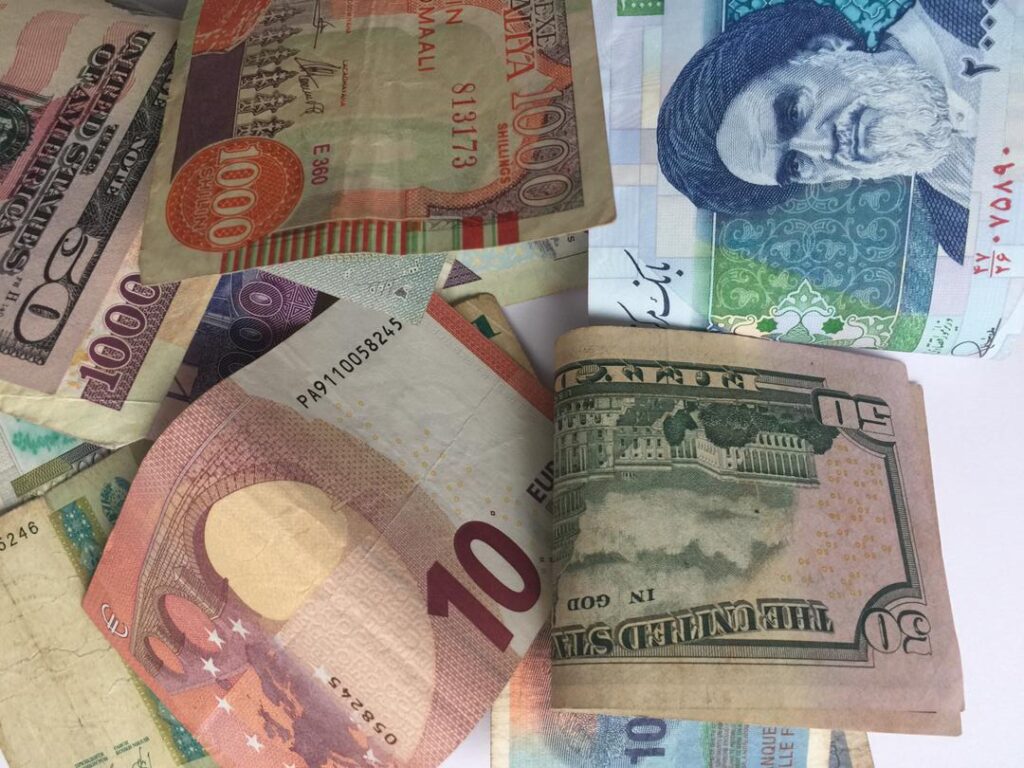In the past, most countries used gold and silver as their standard currency. However, after World War II, when the world’s gold supply was reduced to less than 8 million ounces, most countries switched to a new type of currency-fiat money. Fiat money refers to any money that has a value assigned to it by law and is accepted by society without regard to its provenance. The term derives from the Latin term fiat- ‘let it be done and money had become so important in our daily lives that the word ‘finance’ has become part of our language.

Fiat money is defined by the government and comes into being when that government decides to make it so. For example, when the US government decided to convert almost all its gold reserves into banknotes in the aftermath of World War II, it created fiat money. In 1971, President Richard Nixon abandoned the US dollar’s link to gold and allowed the greenback to become freely convertible into foreign currencies. This paved the way for the creation of fiat money as no one could prevent individuals from creating new dollars when necessary. However, this doesn’t mean all government currency is accepted as payment for goods and services. For example, in 2008, after banks experienced massive losses due to subprime loans, most people stopped using the Bank of England’s £5 notes as their country cut its supply in half. In addition, governments are aware their citizens won’t accept their currency so they usually discount their interest rates by 10-20 percent when selling debt to other nations or corporations.
Fiat money has numerous advantages, but producing it can be challenging if governments can’t agree on the appropriate level of money. For instance, many nations significantly cut the supply of their currency following the 1973 oil crisis while raising interest rates to raise prices. As a result, inflation surged, but confusion only grew because the supply in each nation declined at a different rate. While inflation can increase demand for a nation’s currency, improper implementation of this reduction affects both export and import industries. Additionally, as consumers spend more because prices are rising faster than incomes, limiting the currency supply could have a negative effect on inflation. However, if your nation has excessive supply control, black market sales could raise prices.
Another factor affecting how people use fiat money is how susceptible it is to fraud- specifically counterfeiting. While most coins are heavy enough not to be easily duplicated, paper notes can be easily replicated with heat and pressure applied by a printing press. Because of this ease of fabrication, many banks will only accept cash if they pay wholesale prices for their goods and services. In addition, many central banks also keep Gold & Silver reserves so customers know their paper isn’t worth anything if it gets stolen. Despite these measures against theft, counterfeiters still find ways around security measures and operate in slums where laws do not apply. To combat this issue in modern times requires high-tech solutions like holograms or 3D intaglio printing which costs millions of dollars and slows production down even further.
Although still commonly used around the world, fiat money has many cons associated with its creation- especially if governments disagree on what amount should exist. Lowering the supply creates demand but also inflates prices due to increased demand for limited goods and services- making correcting such problems difficult if not impossible. As well, counterfeiting makes using fiat money risky as anyone with access to a printing press can create false money that undermines faith in legitimate central banks. In addition, gold & silver remain popular despite being difficult to control due to their heavy weights making them impractical for everyday transactions.


